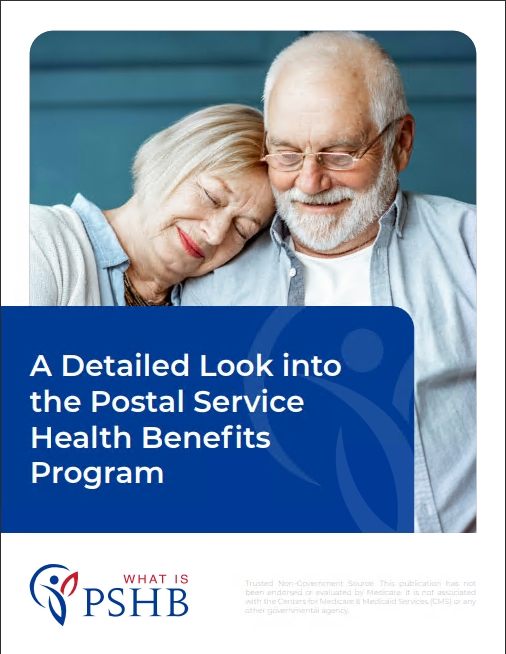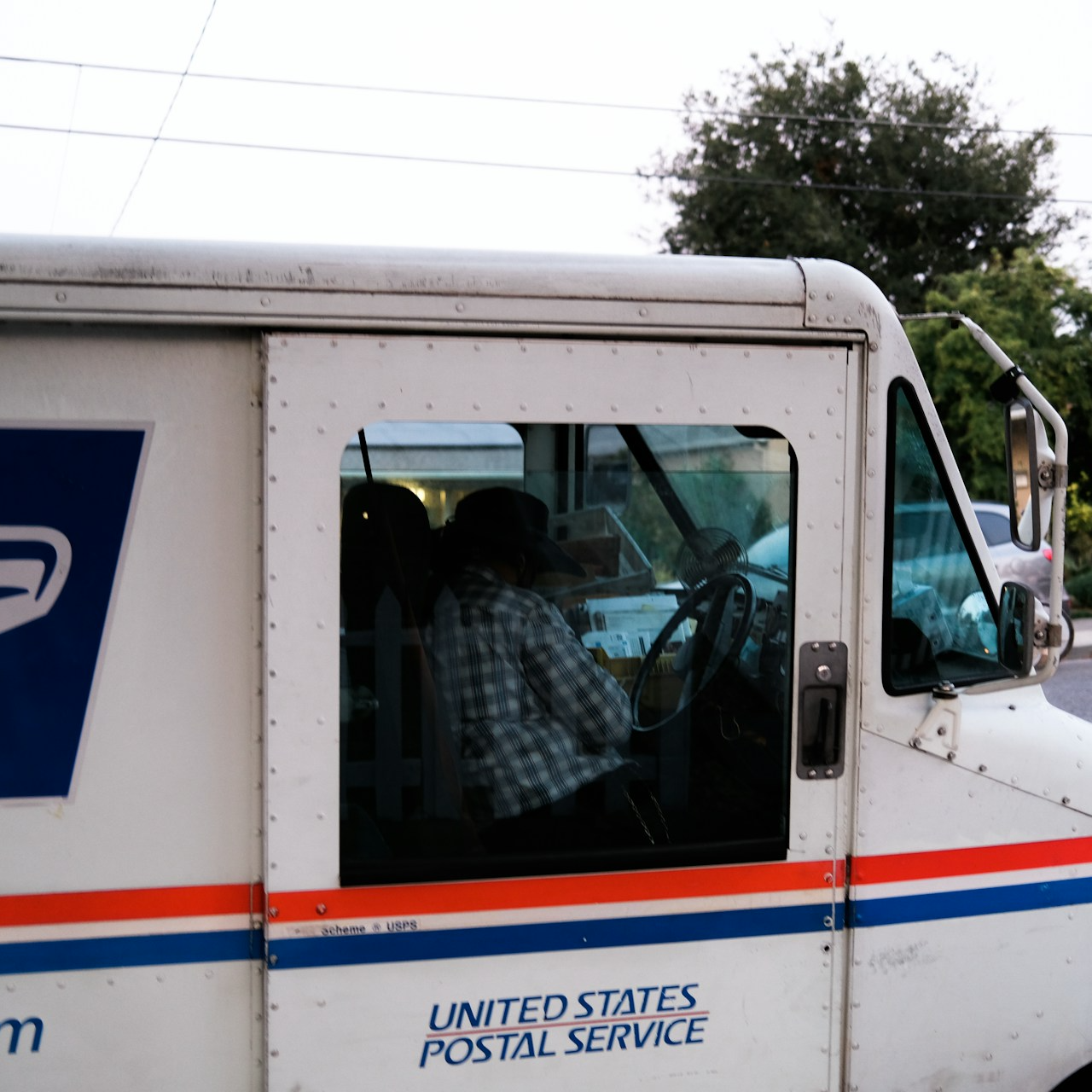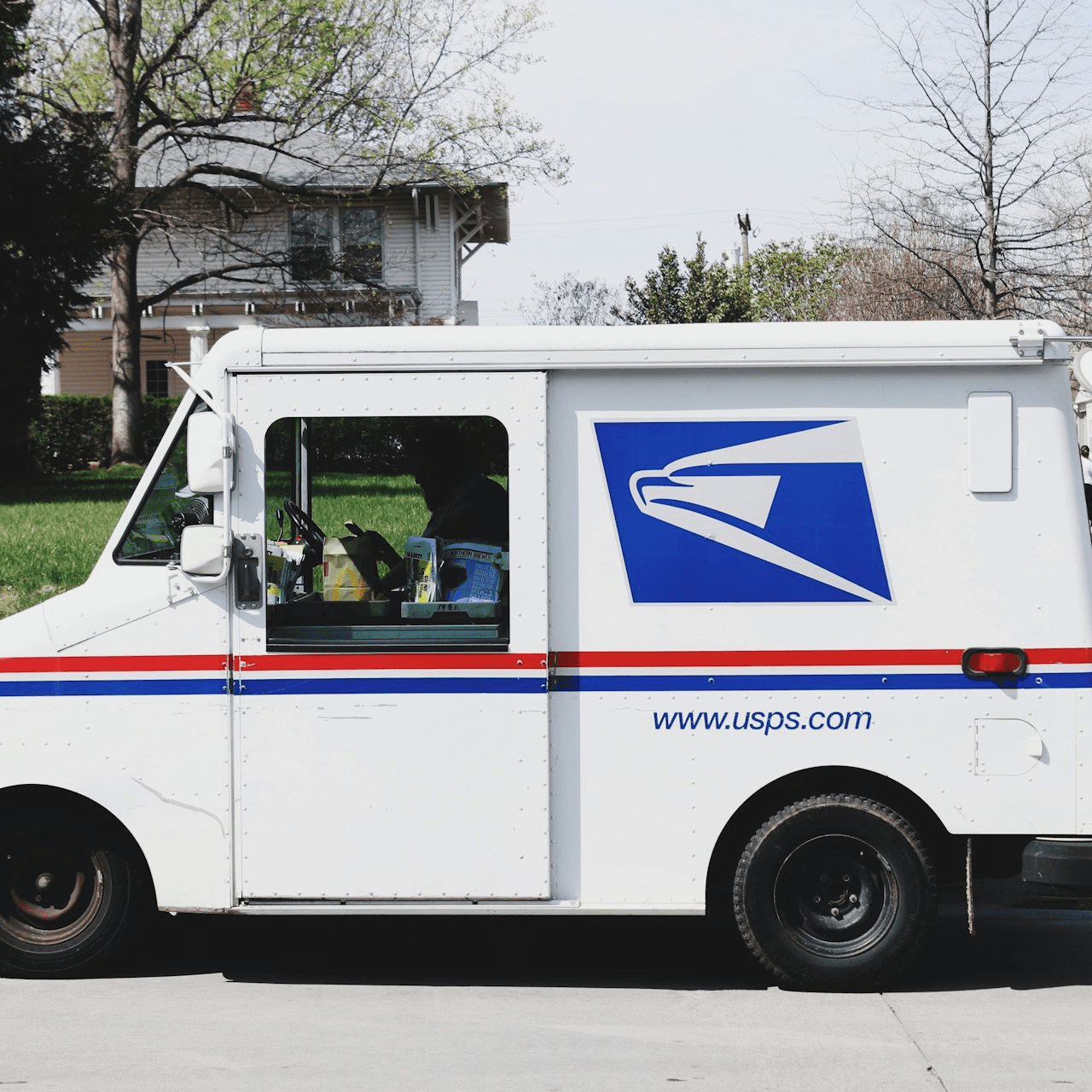Key Takeaways
-
Medicare Part D sees major changes in 2025, including a new $2,000 annual cap on out-of-pocket prescription drug expenses.
-
USPS retirees must understand how PSHB integrates Medicare Part D coverage, significantly impacting your prescription drug costs.
Navigating New Terrain: Medicare Part D and PSHB
If you’re a USPS retiree or soon-to-be retiree, keeping up with Medicare updates is crucial. Medicare Part D—your prescription drug coverage—is undergoing some significant changes in 2025. Knowing these shifts can save you money and make your healthcare choices much simpler.
Let’s dive into four big updates you should know.
1. The Introduction of a $2,000 Annual Out-of-Pocket Cap
The biggest and most beneficial update this year is a brand-new cap on your prescription drug expenses. Starting in 2025, there’s a hard limit of $2,000 per year for out-of-pocket spending on covered prescriptions. Here’s what this means for you:
-
No more surprise bills once you hit the cap.
-
Predictable expenses, making budgeting easier throughout the year.
Once you reach this cap, Medicare Part D covers 100% of your eligible prescription drug costs for the rest of the calendar year. This change helps prevent financial strain from high medication expenses and eliminates the dreaded “donut hole” phase entirely.
2. Monthly Payment Plans for Prescription Costs
Another major relief in 2025 is the introduction of the Medicare Prescription Payment Plan. Instead of paying high upfront costs for prescriptions, you can spread payments evenly over the entire year. This option is particularly helpful if you regularly face substantial medication bills. Here’s how this works for you:
-
You enroll at the beginning of the year.
-
Your total annual prescription drug costs are divided into manageable monthly payments.
-
You avoid large, lump-sum expenses, giving you more flexibility each month.
This new feature enhances your budgeting capabilities and reduces stress related to healthcare expenses.
3. Adjustments in Premiums and Deductibles
In 2025, Medicare Part D adjusts both premiums and deductibles. While precise premiums vary depending on your income level and specific coverage choices, the overall trend includes:
-
A slight decrease in the national average monthly premium.
-
A new maximum deductible amount set at $590.
Understanding these general costs helps you plan effectively, but it’s important to check your individual Annual Notice of Change (ANOC) letter to understand exactly how your specific plan adjusts premiums and deductibles. Keep in mind, premiums for your PSHB plan combined with Medicare Part D will vary depending on your chosen coverage options.
4. Enhanced Medicare and PSHB Integration for Postal Retirees
With the transition to the Postal Service Health Benefits (PSHB) program already in effect as of January 2025, how Medicare integrates with your PSHB plan becomes critical. Specifically for retirees enrolled in Medicare, PSHB now automatically includes a Medicare Part D Employer Group Waiver Plan (EGWP). This integration delivers several advantages:
-
Streamlined administration of your prescription drug coverage.
-
Potential for lower copays and coinsurance on prescriptions.
-
Automatic inclusion, so you don’t have to manage separate Medicare Part D plans yourself.
This integration means smoother, simplified access to prescription benefits, typically resulting in cost savings and reduced paperwork.
What These Changes Mean for Your Budget
Medicare Part D’s adjustments in 2025 directly influence your overall retirement budget. By placing a firm cap on your prescription drug expenses and providing an option to spread costs throughout the year, Medicare aims to make healthcare more affordable and predictable. However, consider these budgeting tips:
-
Review your previous year’s prescription expenses to gauge the impact of these changes.
-
Use the monthly payment plan to avoid sudden, large costs.
-
Regularly check communications from PSHB and Medicare to stay informed of any new updates or requirements.
Important Timelines You Shouldn’t Miss
Timeliness is key in taking full advantage of these Medicare Part D updates. Be aware of these essential dates:
-
Open Enrollment Period: Runs annually from October 15 through December 7. This is your window to adjust or switch Medicare Part D coverage for the following year.
-
Annual Notice of Change (ANOC): Expect to receive this notice by September 30 each year, outlining any changes to your plan’s coverage or costs.
Mark your calendar to review your options and make any necessary adjustments during these periods to ensure optimal coverage and savings.
How PSHB Affects Your Medicare Decisions
Postal retirees like you face unique considerations due to PSHB. Since your Medicare Part D coverage now directly integrates with your postal-specific health benefits, consider the following:
-
Verify that your prescription drugs remain covered under your integrated PSHB-Medicare Part D plan.
-
Explore how this integration may affect your overall healthcare spending, particularly regarding copays and deductibles.
-
Take advantage of any offered incentives, such as reduced copays or coinsurance rates, for Medicare-enrolled retirees within PSHB.
Being proactive and checking details within your PSHB enrollment materials ensures you’re making informed choices tailored to your healthcare needs.
Smart Moves for Getting the Most from Medicare Part D
To maximize these beneficial changes in 2025, consider implementing the following best practices:
-
Stay Informed: Regularly review updates sent by Medicare and your PSHB plan.
-
Use Preventative Measures: Focus on wellness programs and preventive care covered under Medicare and PSHB to keep prescription needs manageable.
-
Consult Professionals: Consider speaking with a licensed agent who can guide you through the complexities of Medicare and PSHB coverage choices.
Your Path Forward in 2025
With these new Medicare Part D updates, you’re set for better financial predictability, clearer budgeting, and simplified healthcare management. Embrace these changes by actively engaging with available resources, reviewing your coverage annually, and taking advantage of budgeting tools provided by Medicare.
Remember, Medicare and PSHB integration is specifically designed to simplify your experience as a postal retiree, and staying updated is the best way to ensure you’re leveraging all available benefits.
Time to Take Action
Navigating the evolving landscape of Medicare Part D alongside PSHB requires staying informed and making timely decisions. These significant changes are designed with your financial and healthcare convenience in mind. Don’t hesitate to connect with a licensed agent listed on this website who can provide personalized guidance and professional advice tailored to your unique retirement needs.











